’Deus Ex Machina’: Katerina Jebb rips up the photographer’s rule book
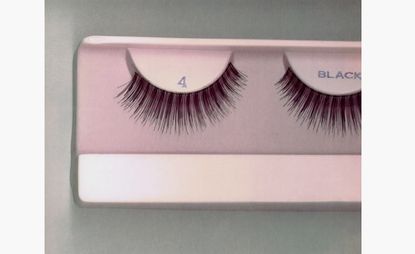
Filled with magnetic layers of chiaroscuro and a seductive sense of negative space, the British artist Katerina Jebb’s photographs are made with a digital flatbed scanner and break almost all the rules of traditional photography. She calls them ‘scan-ography’. They form the basis of her first retrospective show, which pre-empts the annual Rencontres d’Arles photo festival in the south of France this year and unfolds throughout the medieval halls of the city’s 15th century Musée Réattu.
Curated by Pascale Picard and entitled 'Deus Ex Machina', Jebb’s show consists of over 100 still and moving images from throughout her career, which began in the early 1990s as a photojournalist in Paris. Without any sense of enforced chronology, the show maps Jebb’s artistic evolution; the works explore her processes of photocopying, scanning and filming, and reveal her careful isolation of both arcane and industrial objects, and creative human subjects. Together they form an oneiric narrative that comments on the ideals of contemporary and classical beauty through her singular, feminine perspective – capturing such disparate items as Francis Picabia’s ivory backscratcher, the gelatinous mould of a RealDoll sex toy and a bulbous, phallic pitcher plant.
Among the paraphernalia, embedded as it is with an intrinsic mysticism, more solid themes emerge in Jebb’s show, carefully divided through the Réattu’s exquisite stone rooms. The first grand hallway, for instance, juxtaposes a series of short faux-documentary films created in collaboration with Comme Des Garçons against life-size depictions of Christian Lacroix’s ethnic-inspired couture gowns – each visibly pieced together from individual scans like an ‘exquisite corpse’ collage. In one upstairs chamber, only portraits stare out from the darkened walls, forming a sort of neo-renaissance cast of modern day aristocrats. There you will spot the familiar faces of actresses Tilda Swinton, Kristin Scott-Thomas and Isabelle Huppert alongside an international sisterhood that includes Setsuko Klossowska de Rola and her daughter Harumi, Rick Owens' partner Michèle Lamy, and even Jebb herself. Another room is dedicated to the artist’s exhaustive study of the life and work of de Rola’s late husband Balthus, the French painter who’s painting smock, spectacles, ashtray and even tombstone Jebb has meticulously scanned over the years, in and around the Grand Chalet in Roissinière, Switzerland.
To experience the summation of Jebb’s portfolio merged so intimately with the Musée Réattu’s sacred architecture is an emotive journey, and a window into a curious mind. Her very personal ‘curation’ of historical and contemporary culture swings in both romantic and brutal directions – yet her images remain grounded by the unique fil rouge of the scanner’s cloudy grey void.
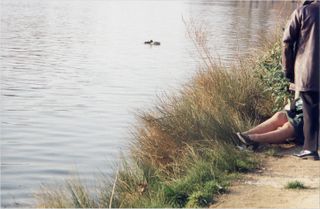
Jebb's ‘scan-ography’, as she calls her practice, forms the basis of her first retrospective show, which pre-empts the annual Rencontres d’Arles photo festival in the south of France this year. Pictured: The Lake, 2001
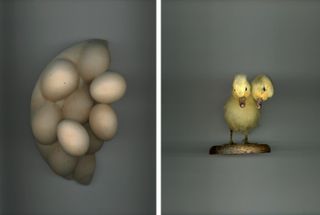
'Deus Ex Machina' is curated by Pascale Picard and consists of over 100 still and moving images from throughout Jebb's career, which began in the early 1990s as a photojournalist in Paris. Pictured left: Eggs, 2013. Right: Two-Headed Chick, 2015

Among the paraphernalia, embedded as it is with an intrinsic mysticism, more solid themes emerge in Jebb’s show, carefully divided through the Réattu’s exquisite stone rooms. Pictured: Corset of Marie-Antoinette, Collection Musée Galliera, 2016
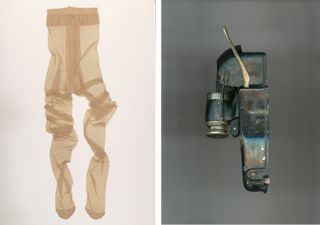
To experience the summation of Jebb’s portfolio merged so intimately with the Musée Réattu’s sacred architecture is an emotive journey, and a window into a curious mind. Pictured left: Ladies Tights, 1996. Right: The Pencil Sharpener of Francis Picabia, Comitée Picabia, 2012
INFORMATION
For more information, visit Katerina Jebb’s website
Photography courtesy the artist
ADDRESS
Musée Réattu
10 Rue du Grand Prieuré
13200 Arles
Wallpaper* Newsletter
Receive our daily digest of inspiration, escapism and design stories from around the world direct to your inbox
-
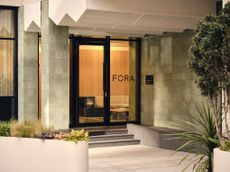 Henry Wood House’s postmodernist bones are refreshed by Nice Projects in London
Henry Wood House’s postmodernist bones are refreshed by Nice Projects in LondonNice Projects breathes new life into the Henry Wood House in London, offering ample flexible office spaces for modern workers
By Daven Wu Published
-
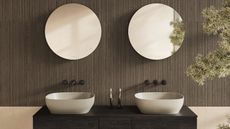 VitrA’s recycled washbasin is a world first
VitrA’s recycled washbasin is a world firstVitrA reveals its recycled ceramic washbasin, made using almost 100 per cent waste materials from the bathroom company’s own production process
By Simon Mills Published
-
 Serenade your senses at Farasha Farmhouse in Marrakech
Serenade your senses at Farasha Farmhouse in MarrakechFarasha Farmhouse is a serene escape hidden on the outer reaches of Marrakech
By Nicola Chilton Published
-
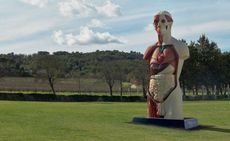 Damien Hirst takes over Château La Coste
Damien Hirst takes over Château La CosteDamien Hirst’s ‘The Light That Shines’ at Château La Coste includes new and existing work, and takes over the entire 500-acre estate in Provence
By Hannah Silver Published
-
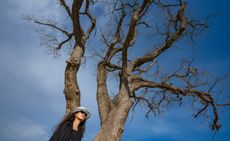 Tia-Thuy Nguyen encases Chateau La Coste oak tree in tonne of stainless steel strips
Tia-Thuy Nguyen encases Chateau La Coste oak tree in tonne of stainless steel stripsTia-Thuy Nguyen’s ‘Flower of Life’ lives in the grounds of sculpture park and organic winery Château La Coste in France
By Harriet Quick Published
-
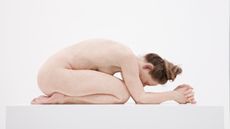 Paris art exhibitions: a guide to exhibitions this weekend
Paris art exhibitions: a guide to exhibitions this weekendAs Emily in Paris fever puts the city of love at the centre of the cultural map, stay-up-to-date with our guide to the best Paris art exhibitions
By Harriet Lloyd-Smith Published
-
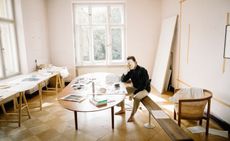 Cyprien Gaillard on chaos, reorder and excavating a Paris in flux
Cyprien Gaillard on chaos, reorder and excavating a Paris in fluxWe interviewed French artist Cyprien Gaillard ahead of his major two-part show, ‘Humpty \ Dumpty’ at Palais de Tokyo and Lafayette Anticipations (until 8 January 2023). Through abandoned clocks, love locks and asbestos, he dissects the human obsession with structural restoration
By Harriet Lloyd-Smith Published
-
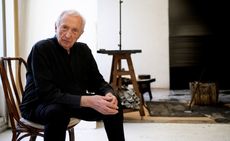 Remembering Pierre Soulages (1919-2022), a pioneer of post-war abstraction
Remembering Pierre Soulages (1919-2022), a pioneer of post-war abstractionPierre Soulages, the pioneering French printmaker, sculptor and ‘painter of black’, has died aged 102
By Diane Theunissen Published
-
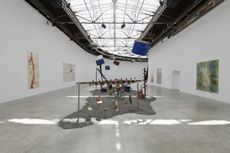 Reclaim the Earth, urge artists at Paris’ Palais de Tokyo
Reclaim the Earth, urge artists at Paris’ Palais de TokyoWe discover the group exhibition ‘Reclaim the Earth’, a wake-up call for humans to reconsider our relationship with the planet (until 4 September 2022)
By Amy Serafin Last updated
-
 Jason Boyd Kinsella’s curious portraits dissect the architecture of human
Jason Boyd Kinsella’s curious portraits dissect the architecture of humanBased on the Myers-Briggs personality test, Jason Boyd Kinsella’s new portrait series, on show at Perrotin in Paris, examines the building blocks of human existence
By Harriet Lloyd-Smith Last updated
-
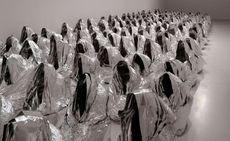 Kader Attia dissects multiculturalism, colonialism and capitalism in Doha show
Kader Attia dissects multiculturalism, colonialism and capitalism in Doha showKader Attia addresses postcolonial trauma and the need for psychiatric repair in a new show, ‘On Silence', at Doha's Mathaf Arab Museum of Modern Art
By TF Chan Last updated